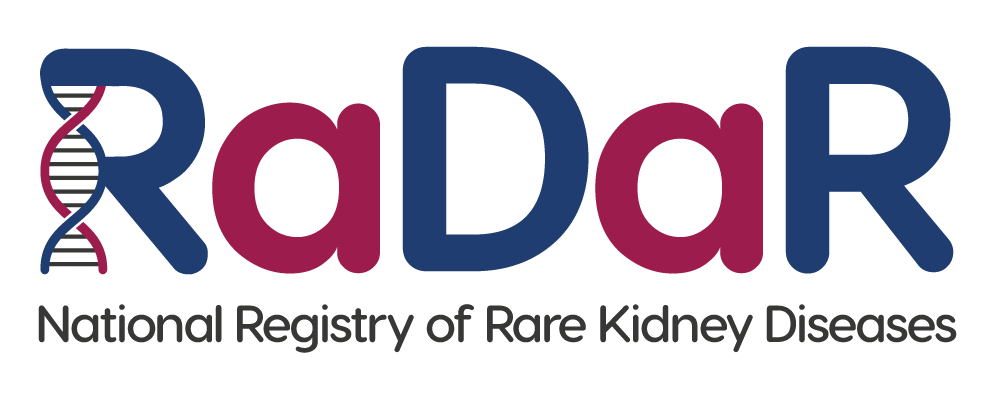Although sparse, getting characteristics information about aHUS patients can come from a variety of sources.
A recent article in The Lancet* about kidney disease progression in 28 rare kidney diseases in the UK included some data on aHUS.
This is what it tells us about the characteristics of aHUS patients in the UK. Well at least those in the rare kidney disease registry called RaDaR.

RaDaR had a total 27285 of rare kidney disease patients registered with enough data to be included in The Lancet report
There were 293 aHUS patients registered between Jan 2010 and July 2022. So just over 1% of the total registered patients total. So among the rarest.
Sadly 17 of the aHUS patients have died in that period. An overall survival rate in that period of 94% .
So at 2022 there was a registered prevalent population of 276 aHUS patients, which roughly equates to a prevalence rate of just over 4 per million UK population. A very rare disease.
in that period the annual incidence was about 32 onsets per year equating to a rough incidence rate of just less than 0.48 onsets per million.
Both rates per million differ markedly from the often misquoted rates for aHUS of 2 per million for both!!
And they are in the ballpark of rates used by Global Action for an incidence 0.5 per million and prevalence of 5 per million.
The median age of the aHUS patients is 29 years, so as many patients are below 29 years as above. The patient age range is from just a few months to 79 years.
The median age at diagnosis was 20 years, so again as many younger than 20 years as older.
Mathematically incidence per year of aHUS in the younger end is higher than in the older end. About 3 times higher. Younger end being in years 0 to 20 years, the older end 20 to 80 years , a 60 year span.
There was a gender difference in the median age at diagnosis but it was not significant. It was 22 years in males and 20 in females.
Unsurprisingly the gender mix reported is that there are more females than males, 160 (55%) F and 133 ( 45%) M. Not to far adrift of gender mixes reported elsewhere and consistent with higher female prevalence.
Ethnicity of patient where data is known, is 213 white (93%) and 16 non white ( 7% ). But 64 (22% ) of registered aHUS patients have no ethnicity data entered for them .
141 (48%) of the patients have had a kidney failure event needing dialysis. The median years to end stage kidney failure is 21.7 years
The level of kidney function remaining for males at diagnosis was higher at 40 (EGFR), or stage 3, than females which was 27, or stage 4. This was not determined to be significant..
One stand out statistic for general kidney disease is that 28% of rare kidney disease patients reach end stage kidney failure in 5 years compared with 1% of those with common kidney diseases in the same period.
if anyone has similar aHUS patient characteristics data about another country, presentation on this platform is welcome.
*access The Lancet article at the link LANCET (Note author and the aHUS alliance gets a brief mention as part of the “consortium” drop down list.)
Article No. 653

